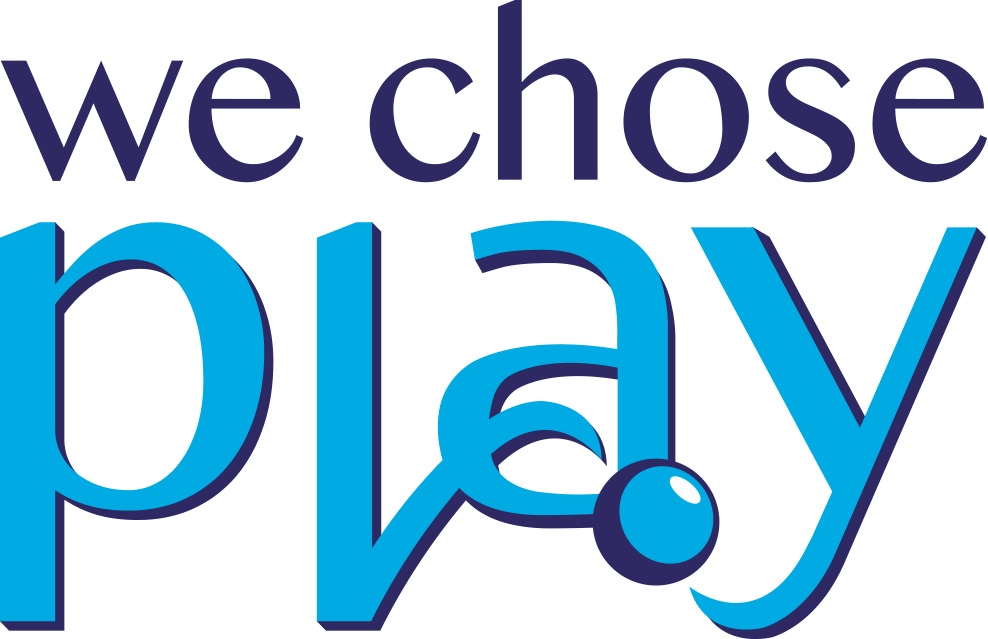The last few blogs have covered how we can stay attuned to our children by accepting and respecting their emotional experiences. Another very important practice that often gets overlooked when we talk about working with children is self reflecting on our own experience. Psychologist and DIR/Floortime Expert and Training Leader, Dr. Andrea Davis from the Greenhouse Therapy Center in Pasadena, California joins us to present a practice from her co-authored User’s Guide to the DIR Model, the book we discussed a few weeks back. We discuss the practice A.10 Self-Reflect: Take a Reflective Stance Towards Yourself which you can use in your Floortime sessions. I reflected on the Floortime session with my son, completed the worksheet, and discussed the process of applying this practice myself.
SEE FLOORTIME VIDEO LINK AND SELF-REFLECTION WORKSHEETS BELOW
Self-reflection is the cornerstone of the ninth functional emotional developmental capacity (FEDC 9). In neurotypical development, this capacity begins to appear in adolescence, but even many adults do not reach this stage if conditions do not support its development. As a caregiver, promoting your own growth at this 9th capacity will go a long way in supporting your child’s functional emotional development.
Part I: What is self-reflection?
Part 2: Self-Reflect Practice
Part 3: Self-Reflect Insights
Self-Reflection as a Caregiver
Self-reflection is one of the most important aspects of DIR/Floortime yet is rarely the focus when discussing it. It is so important because being attuned to a child’s internal emotional state is essential in supporting the child in a Floortime session. Meeting the child where they are at is much easier to do when we can relate to the child’s emotional experience.
In addition, a parent or caregiver’s personal past experiences with caregiving often influences their emotional responses to children. If we, ourselves, were not allowed to show negative emotions as a child, we will find it difficult to tolerate a child’s negative emotional responses ourselves, thus our past influences the present.
Finally, a parent’s range of emotional expression is very influential on a child’s development of a range of emotional expression, as referenced in Dr. Davis’ co-authored book on page 20. An essential capacity in emotional development is the ability to show a wide range of emotional ideas and expression across situations.
Take a Reflective Stance Toward Yourself in Interactions
What self-reflection involves is tuning in to ourselves in a Floortime session with our child. Sometimes a simple observation and tweak can make a world of difference in our children’s responsiveness to us and can help them in their climb up the developmental ladder. So what does tuning into ourselves look like?
There are 5 steps that the User’s Guide lists in using this helpful tool
1. Notice your own state of regulation. Are you calm, alert and focused or are you distracted, upset, or too giddy? Are you able to share attention with your child in a sustained manner? If not, think about why?
2. Be compassionate to yourself. Try to see yourself objectively as an outside observer without judgment or criticism. Just see what you are finding challenging–emotionally or otherwise–and take note.
3. Think about how your own experience of being parented has influence on how you are parenting. Are there patterns you are repeating or rebelling against due to your upbringing? Where might you have a ‘blind spot’?
4. Use the sample worksheet (below) to put these observations in writing which will help you reflect in order to refine your Floortime practice going forward. The goal, after all, is to help your child and you are the best bet for your child. Invest time in looking at yourself.
5. Share this experience of self-reflecting with someone supportive or a caring professional on your child’s team. This will help you understand your strengths and weaknesses and help you determine and clarify your parenting style and how you want to interact with your child.
Let’s Put it Into Practice
Below you can click on the buttons to download a blank Self-Reflect Worksheet for your future use and a Self-Reflect Sample Worksheet that I’ve completed myself about the Floortime session I did with my son last week that appears in the video below.
Become a member to see the Floortime video here
PART 1: Overview of Self-Reflection
- Use CURIOSITY over JUDGMENT in observing and supporting ourselves (and especially our children)
- Focus on GRAY-AREA THINKING (FEDC 8) rather than black-and-white thinking about yourself and your child
- Our learning and growth using self-reflection is a GRADUAL process
- Support the NEUROLOGICAL INTERCONNECTIVITY of our children’s brains rather than the eradication of bad behaviour
- Take an INQUISITIVE stance about what our child is NOT ABLE TO DO in a situation and how we can support them
- Use a developmental approach by seeing BEHAVIOUR AS A CLUE to underlying processes
PART 2: Self-Reflect Practice
- PAIRING WORDS WITH AFFECT WITH ACTION promotes the needed cross-brain neural integration, or interconnectivity in the brain
- The video example shows that my son’s primary interest in the play is not on objects or on entertaining himself, but in SHARING IDEAS AND AFFECT with me
- You can’t teach the fundamental so-called ‘social skills’, rather you must help develop the core capacity of caring whether the other person understands you or not, which is an AFFECTIVE EXPERIENCE that is modelled by us understanding our child
- A support team can be very supportive in your efforts using the DIR Model to support your child’s sensory integration and other support needs as they develop
- The User’s Guide to the DIR Model has a MENU OF PRACTICES that we use naturally, rather than prescriptively, in Floortime
- LINK TO A 2014 VIDEO OF OUR SON PLAYING WITHOUT THE SUSTAINED JOINT ATTENTION
PART 3: Self-Reflect Insights
- DIR is a family adventure
- Self-reflection is “Who am I?“, “Why am I the way I am?“, and “How can Floortime help me in all of my relationships?“
- You can learn something EVERY TIME YOU JOURNAL
- Self-reflection is GROWTH PROMOTING as you learn things at a deeper and deeper level and in new contexts
- Being honest with yourself will bring you INSIGHTS in helping you know and understand yourself
- Increasing your capacity for MENTALIZATION about yourself and others is crucial for your growth-promoting interactions and in supporting a warm, secure attachment with your child
- Go for more by taking it ONE STEP FURTHER: with your child, and in self-reflection with yourself
- Think of one of your goals in Floortime as SHARING PLEASURE with your child
- Our children want to REPEAT their experiences of pleasure with us in play in the relationship with us in order to feel connected
- Slow down and stretch out the interactions with your child using ANTICIPATION
- SHARE THE ANTICIPATORY EXCITEMENT with your child by mirroring your child’s excitement and saying things like “Oh, you’re so excited for me to put up the next pillow!” before moving on to the next action
- Wonderment and ‘playfully obstructing’ your child can challenge them at the fourth developmental capacity when done in a respectful, playful and fun way
Hopefully you found this Floortime practice of self-reflection very useful and will put it into practice yourself. Please let us know what you think in the Comments section below. It is not an easy task to put the lens on yourself, but it will pay off in helping your child in their DIR/Floortime program.
Self-Reflection is an important aspect of the DIR Model that is not always emphasized, but there are others. Next time on the blog we will talk about what an ideal DIR/Floortime program involves. It’s a lot more than just Floortime play sessions and self-reflection.
Until next time… here’s to affecting autism through playful interactions!





Please share your own self-reflection experiences in your practice of Floortime below.
Just starting self reflection journey and had realized that I am black and white thinker as well as if I really put efforts, ANY child can be engaged. It is MY limitations, but not child’s, when I can not find the way to be interesting enough for the child.
In a world of having to consistently explain, “Why DIR?”, it is nice to get these insights that reaffirm and also replenish my teaching tools.
Suvokimas, kad kiekvienas vaikas gaunamą informaciją priima skirtingai man padėjo keisti save. Daugiau investuoti į derinamumo tiltą su vaiku kūrimą. Ieškoti sprendimo, kas padeda susireguliuoti. Būti tyrėju, nesusidaryti sprendimų iš anksto. Visas Dir mokymas paremtas santykiu su vaiku. Jei nėra prieraišumo, pasitikėjimo, nebus augimo toliau.